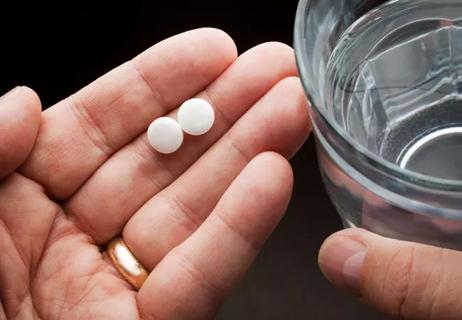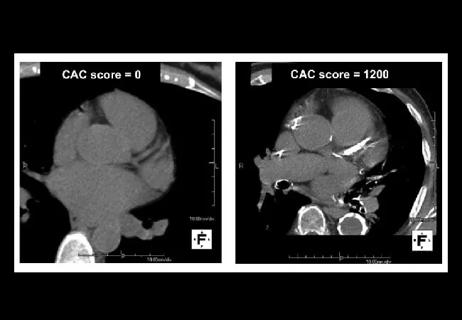ICU no longer “that mausoleum down the hall”

Advertisement
Cleveland Clinic is a non-profit academic medical center. Advertising on our site helps support our mission. We do not endorse non-Cleveland Clinic products or services. Policy
My introduction to critical care medicine came about during the summer between my third and fourth years of medical school. During that brief break, I, like most of my classmates, was drawn to the classic medical satire The House of God by Samuel Shem, which had become a cult classic in the medical field for its ghoulish medical wisdom and dark humor. In “the house,” the intensive care unit (ICU) is “that mausoleum down the hall,” its patients “perched precariously on the edge of that slick bobsled ride down to death.” This sentiment persisted even as I began my critical care medicine fellowship in the mid-1990s.
The science and practice of critical care medicine have changed, evolved and advanced over the past several decades reflecting newer technology, but also an aging population with higher acuity. Critical care medicine has established itself as a specialty in its own right, and the importance of the physician intensivist-led multidisciplinary care teams in optimizing outcome has been demonstrated. These teams have been associated with improved quality of care, reduced length of stay, improved resource utilization and reduced rates of complications, morbidity and death.
While there have been few medical miracles and limited advances in therapeutics over the last 30 years, advances in patient management, adherence to processes of care, better use of technology and more timely diagnosis and treatment have facilitated improved outcomes. Collaboration with nurses, respiratory therapists, pharmacists and other healthcare personnel is invaluable, as these providers are responsible for executing management protocols such as weaning sedation and mechanical ventilation, nutrition, glucose control, vasopressor and electrolyte titration, positioning and early ambulation.
Advertisement
Unfortunately, as an increasing number of patients are being discharged from the ICU, evidence is accumulating that ICU survivors may develop persistent organ dysfunction requiring prolonged stays in the ICU and resulting in chronic critical illness. A 2015 study estimated 380,000 cases of chronic critical illness annually, particularly among the elderly population, with attendant hospital costs of up to $26 billion. While 70 percent of these patients may survive their hospitalization, the Society of Critical Care Medicine (SCCM) estimates that the one-year post-discharge mortality rate may exceed 50 percent.
We can take pride and comfort in knowing that the past several decades have seen growth in critical care training, more engaged practice and heightened communication resulting in lower mortality rates. However, a majority of survivors suffer significant morbidities that may be severe and persist for a prolonged period after hospital discharge. These worsening impairments after discharge are termed postintensive care syndrome (PICS), which manifests as a new or worsening mental, cognitive and physical condition and may affect up to 50 percent of ICU survivors.
The impact on daily functioning and quality of life can be devastating, and primary care physicians will be increasingly called on to diagnose and participate in ongoing post-discharge management. Additionally, the impact of critical illness on relatives and informal caregivers can be long-lasting and profound, increasing their own risk of depression, posttraumatic stress disorder and financial hardship.
Advertisement
The current healthcare system does not appropriately address survivors and their families. In 2015, the Society of Critical Care Medicine announced the THRIVE initiative, designed to improve support for the patient and family after critical illness. Given the many survivors and caregivers touched by critical illness, the Society has invested in THRIVE with the intent of helping those affected to work together with clinicians to advance recovery. Through peer support groups, post-ICU clinics and continuing research into quality improvement, THRIVE may help to reduce readmissions and improve quality of life for critical care survivors and their loved ones.
Things have changed since the days of The House of God. Critical care medicine has become a vibrant medical specialty and an integral part of our healthcare system. Dedicated critical care physicians and the multidisciplinary teams they lead have improved outcomes and resource utilization.
The demand for ICU care will continue to increase as our population ages and the need for medical and surgical services increases commensurately. The ratio of ICU beds to hospital beds continues to escalate, and it is feared that the demand for critical care professionals may outstrip the supply.
While we no longer see that mournful shaking of the head when a patient is admitted to the ICU, we need to have the proper vision and use the most up-to-date scientific knowledge and research in treating underlying illness to ensure that once these patients are discharged, communication continues between critical care and primary care providers. This ongoing support will ensure these patients the best possible quality of life.
Advertisement
Dr. Insler is Medical Director of the Cardiothoracic Intensive Care Unit and Respiratory Therapy in the Department of Cardiothoracic Anesthesiology.
This article originally appeared in Cleveland Clinic Journal of Medicine.
Advertisement
Advertisement

12 reasons people give for not wanting the influenza vaccine

A guide to informed, team decision-making

Its origins, uses and limitations

Evidence-based guidelines and communication are key

A centennial year update on epidemiology, transmission and treatment of influenza.

Why our answer is ‘no’

It’s safe and accurate, but who should be tested?

Interventional options abound to curb lingering cardiac risks